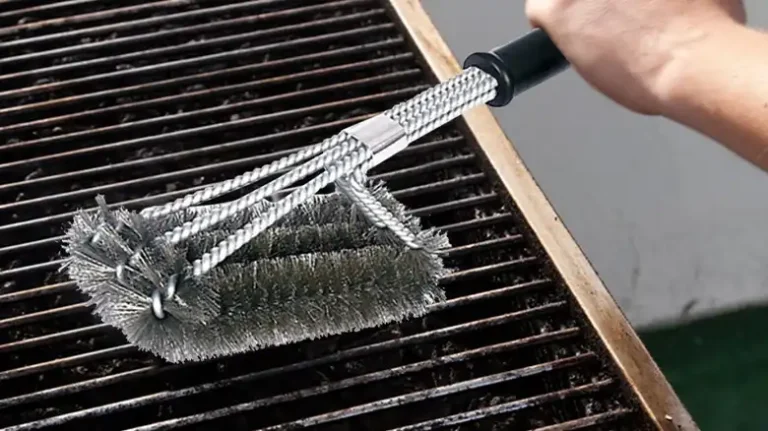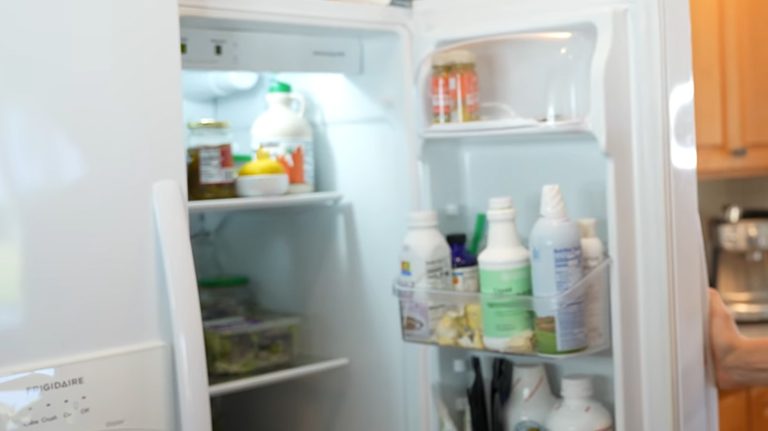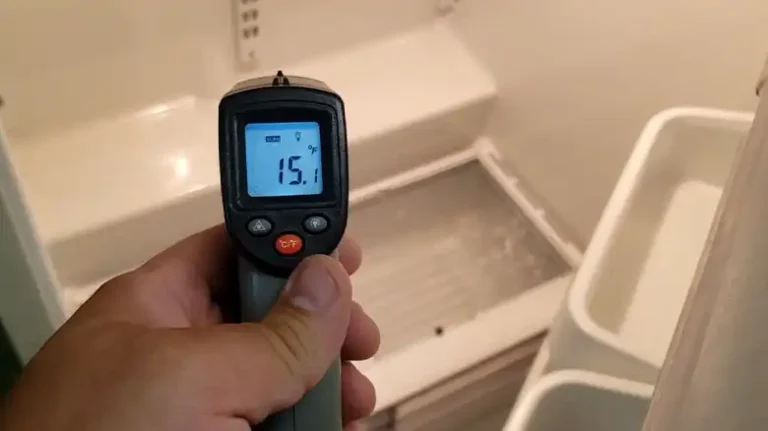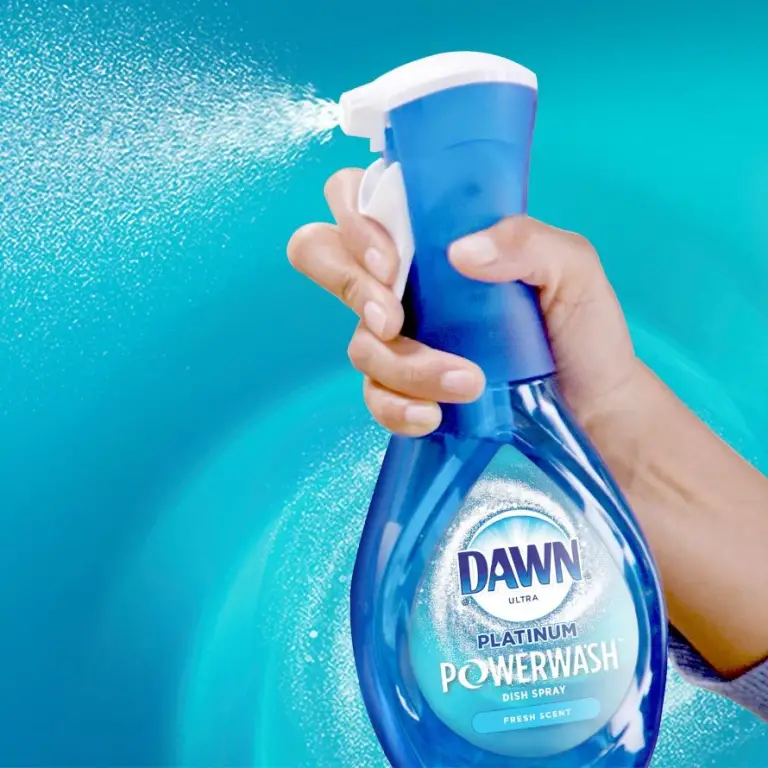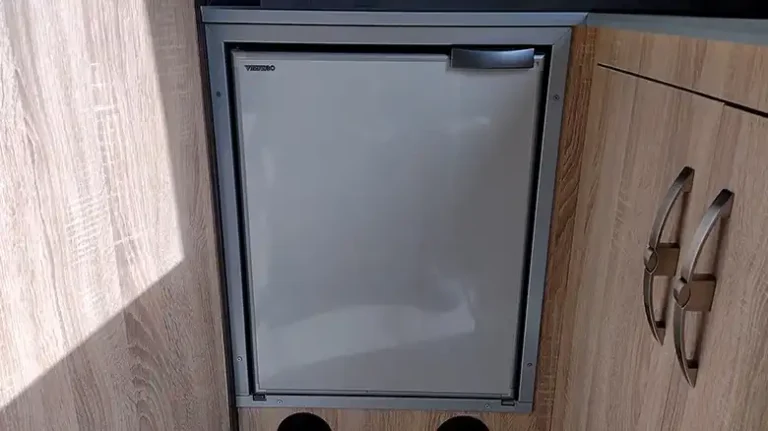How to Reduce Fridge Starting Current (Step-by-Step Guidelines)
Though a refrigerator is a crucial household appliance, it consumes a lot of electricity, especially when it starts up. As a result, your fridge can drop voltage and sometimes overload the electrical circuit the refrigerator is connected to. This sudden electrical surge is known as the refrigerator’s inrush or starting current. Even the starting current can cause the circuit breaker to trip when the circuit can’t handle it.
So, the fridge becomes damaged. The refrigerator and other appliances connected to the circuit become damaged because of this issue. However, it is essential to reduce the starting current of a fridge as soon as possible to prevent such damage. If you are facing the issue, don’t delay to recover the problem to improve your overall efficiency of the fridge and other appliances. Again, if you don’t know how to reduce the fridge starting current, read the article attentively.
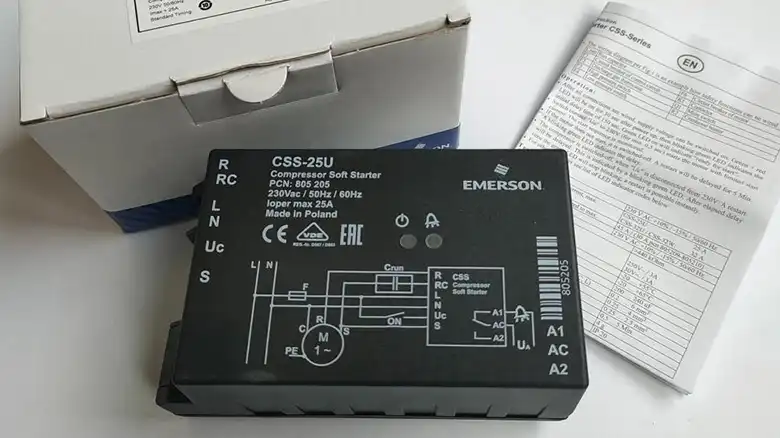
How Can You Reduce the Starting Current of Your Refrigerator?
You need to reduce the starting current by minimizing the energy expense and avoiding the circuit breaker to protect your appliance. Also, it will save your wallet too. However, you must understand your fridge starting current first. Then it is essential to measure your fridge’s starting current and clean the condenser coils. After that, you must check your door seals and defrost your refrigerator.
Once defrosting the fridge, you have to adjust the temperature and install a soft start. In the last stage, upgrading your fridge to an energy-efficient model is essential. So let’s explore how to reduce the tour fridge’s starting current.
Step 1: Understand Your Fridge Starting Current:
When you want to determine where you should minimize the starting current of your fridge, it is crucial to understand it. I have already mentioned above that starting current is the amount of electrical current your fridge draws while starting up. You should remember that this amount of current is essential to power the compressor of your fridge that cools the refrigerator.
So, this higher amount of current may spike your electricity expense. When you realize a high starting current, it indicates an issue that needs to be solved. Again, it can indicate the fridge is an older model that is less efficient.
Step 2: Measure Your Fridge Starting Current:
So the time is to measure your fridge starting current to know if it is high. You must have an ammeter or clamp meter to measure the current draw of the refrigerator. So gently connect the ammeter to the fridge’s power cord and turn it on. The ammeter will display the total amount of current the fridge is drawing. If you see the starting current is high, follow the following steps.
Step 3: Make the Condenser Coils Clean and Tidy:
Since the fridge starting current is high, you must make the condenser coils tidy because a refrigerator’s condenser coils are mainly responsible for dissipating temperature from the compressor. Since the condenser coils become clogged and dirty with debris and dust over time, it reduces the ability to dissipate temperature. As a result, your compressor becomes obedient to work hard and consume higher energy.
However, you must regularly tidy your condenser coil to reduce the refrigerator’s starting current. So unplug your fridge and use a brush or vacuum cleaner to erase any debris or dust from the condenser coils.
Step 4: Check Your Door Seals:
When your door seal becomes worn out or faulty, it can contribute to a higher starting current in the refrigerator. Again, when your door seal is loose, warm air can quickly enter your fridge, making it hard to maintain its temperature.
So, close your fridge door on a piece of paper to check if your door seal is perfect. Moreover, you need to try to pull the paper piece out. If it simply comes out, then you must replace the door seals. But if you see the tight, then it is okay. A tight door seal help reduce the fridge’s starting current. Again it develops the efficiency of the refrigerator.
Step 5: Defrost Your Fridge:
Now defrost your fridge. If ice builds up in your fridge’s freezer compartment, it will reduce the airflow. So the compressor must work hard and consume a higher starting current. So if you want to prevent the issue, you must defrost the fridge regularly.
However, you can turn the fridge off and let the ice melt. On the contrary, it is possible to use a defrosting function built into your fridge. How you can melt the ice depends on the fridge model. Moreover, when you defrost your fridge, it will help you reduce the fridge’s starting current. Again make our fridge efficient.
Step 6: Adjust Your Fridge’s Temperature Settings:
Once defrosting the fridge, you must adjust the temperature of your fridge. Because temperature setting also can affect the fridge’s starting current. Setting the temperature too low makes the compressor work hard to maintain the temperature. As a result, a higher starting current issue has arisen.
So you need to set the temperature to the perfect level for the fridge to reduce the starting current. In general, for the refrigerator compartment, the ideal temperature range is between 35 to 38 degrees F. Moreover, the freezer compartment is usually between 0 to 5 degrees F.
Step 7: Install a Soft and Smooth Starter:
After setting your fridge to the perfect temperature, you must install a soft starter to reduce the fridge’s starting current. You must install this device in the electrical circuit of the fridge. After turning on the refrigerator, this soft starter limits the amount of current that your compressor will draw by minimizing the starting current.
Moreover, the device prolongs the life of the compressive and minimizes energy consumption. However, you can find the soft starter at most hardware shops. Even you can install it with the help of a qualified electrician.
Step 8: Upgrade Your Fridge to an Energy-efficient Model:
You must upgrade your fridge to an energy-efficient model if it is old. Manufacturers design energy-efficient model that uses less energy. In addition, new models operate more efficiently. As a result, you will have a lower fridge starting current and lower energy consumption.
Finding the energy starting of your fridge that indicates strict energy efficient guidelines. U.S. Environmental Protection Agency sets these energy-efficient guidelines that use 10 to 15% less energy than the older models.
These are the steps to reduce the fridge starting current very quickly. For your betterment, I will provide a video link regarding this matter so that you can understand the entire matter more smoothly.
Frequently Asked Questions And Answers
Can I Install a Hard Start Capacitor or Soft Start Device Myself?
Yes, you can install a hard start capacitor or a soft start device if you have enough experience working with electrical components. But if you have no experience with electrical components, you should not try installing them. However, ex-pats say you better get help from a licensed electrician if you have no previous knowledge because it is a susceptible task.
If I Reduce the Fridge Starting Current, Will It Help Enhance the Life of My Fridge?
Yes, of course. When you reduce the fridge currently, it will enhance the lifespan of your fridge. However, reducing the fridge starting current means reducing the strain on the fridges during start-up. So it helps protect the compressor motor and even the electrical components of your fridge.
If Reducing Fridge Starting Current Will Reduce Carbon Footprint?
Not at all. If you reduce the fridge’s starting current, it can’t keep any significant and positive effect on the carbon footprint. But you should choose an energy-efficient fridge m model to support a substantial impact on your carbon footprint. However, an energy-efficient fridge can reduce overall energy usage. So over time, it keeps a good effect on carbon footprint.
Is There Any Risk When I Will Go to Install a Hard Start Capacitor or Soft Starter?
There are risks when installing a hard start capacitor or a soft starter. So you need to consider them. If you install the device improperly, it may lead to electrical hazards like electrocution or fire. So it is important to hire an expert to install a hard start capacitor or soft starter correctly and safely.
Is There Any Easy Way to Understand My Fridge Taking Too Much Energy?
Yes, there is the smartest technic to realize the issue. When you observe the lights of your home flicker or dim while turning on the fridge, it can signify that the fridge is drawing a lot of starting currents. Again, when you notice other appliances in your home can’t function correctly when the refrigerator is active, it can be another sign that your fridge is taking too much starting current.
Conclusion
Since reducing a refrigerator’s starting current saves energy and declines electrical expenses, you need to consider it. So follow the instructions when you realize it is time to reduce the fridge’s starting current.
However, you should inspect the electrical components of your fridge with the help of a licensed electrician at least once a year. This task will ensure that the fridge is functioning correctly. Again inspecting the electrical components will catch any potential problem before it becomes more serious.

![[EXPLAINED] Will Ice Cream Melt in the Fridge?](https://www.dominatekitchen.com/wp-content/uploads/2023/08/Will-Ice-Cream-Melt-in-the-Fridge-768x431.webp)
